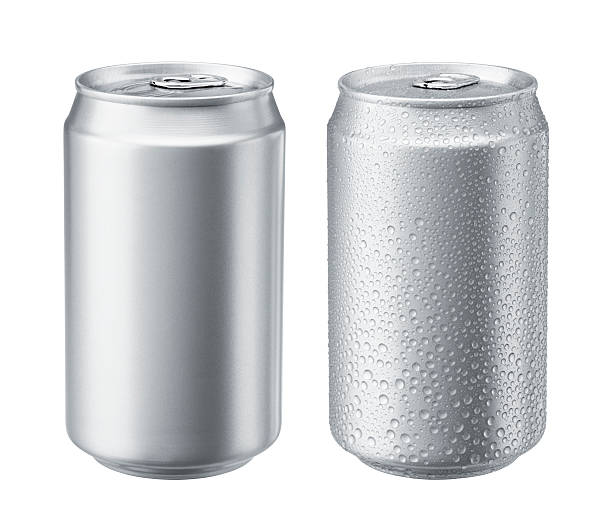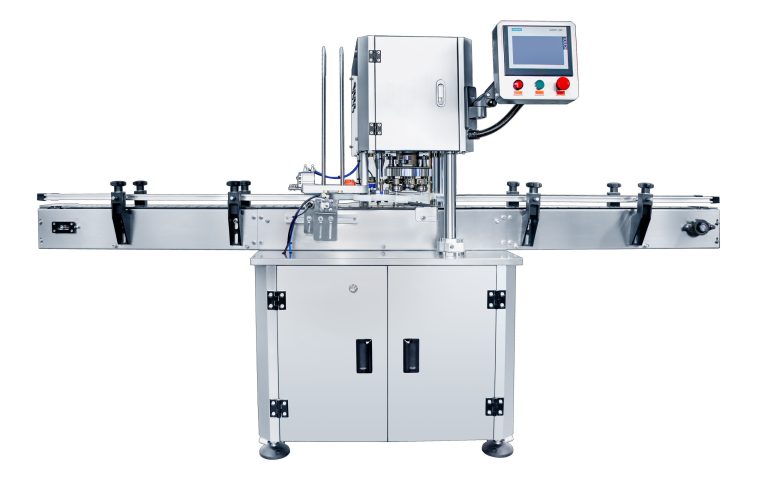Inhoudsopgave
Benefits of Using Plastic Packaging for Cookie Products
Plastic packaging has become a popular choice for many food products, including cookies. The use of plastic packaging for cookies offers a variety of benefits that can help both manufacturers and consumers. In this article, we will explore some of the advantages of using plastic packaging for cookie products.
One of the main benefits of using plastic packaging for cookies is its durability. Plastic packaging is strong and resistant to breakage, which helps protect the cookies during transportation and storage. This durability ensures that the cookies arrive at their destination in good condition, without being crushed or damaged. Additionally, plastic packaging is also lightweight, which can help reduce shipping costs for manufacturers.
Another advantage of using plastic packaging for cookies is its versatility. Plastic packaging can be easily customized to fit the specific needs of the product. This means that manufacturers can choose the size, shape, and design of the packaging to best showcase their cookies. Additionally, plastic packaging can also be printed with branding and marketing information, helping to attract customers and increase brand recognition.

Plastic packaging is also a cost-effective option for cookie manufacturers. Plastic is a relatively inexpensive material, which can help reduce production costs for manufacturers. Additionally, plastic packaging is easy to manufacture and can be produced in large quantities quickly, helping to meet the high demand for cookie products. This cost-effectiveness can help manufacturers increase their profit margins and remain competitive in the market.
In addition to its durability, versatility, and cost-effectiveness, plastic packaging also offers environmental benefits. Many plastic packaging materials are recyclable, which can help reduce waste and minimize the environmental impact of cookie production. Additionally, plastic packaging can also be made from recycled materials, further reducing its environmental footprint. By choosing plastic packaging for their cookie products, manufacturers can demonstrate their commitment to sustainability and attract environmentally-conscious consumers.
Furthermore, plastic packaging can also help extend the shelf life of cookies. Plastic packaging provides a barrier against moisture, air, and light, helping to preserve the freshness and flavor of the cookies. This extended shelf life can help reduce food waste and ensure that customers receive high-quality products. Additionally, plastic packaging can also be resealed, allowing consumers to enjoy the cookies over multiple sittings without compromising their freshness.
Overall, the benefits of using plastic packaging for cookie products are numerous. From its durability and versatility to its cost-effectiveness and environmental benefits, plastic packaging offers a range of advantages for both manufacturers and consumers. By choosing plastic packaging for their cookie products, manufacturers can protect their products, attract customers, reduce costs, and demonstrate their commitment to sustainability. Plastic packaging is a practical and efficient choice for cookie manufacturers looking to enhance their products and grow their business.
How to Choose the Right Packaging Line for Cookie Production
When it comes to cookie production, choosing the right packaging line is crucial for ensuring efficiency and quality. One popular option for packaging cookies is using plastic packaging. Plastic packaging offers several benefits, including durability, flexibility, and cost-effectiveness. However, with so many options available on the market, it can be overwhelming to choose the right packaging line for your cookie production needs.
One important factor to consider when choosing a packaging line for cookies is the speed and efficiency of the line. A fast and efficient packaging line can help increase productivity and reduce downtime, ultimately leading to cost savings and improved overall performance. Look for a packaging line that can handle the volume of cookies you produce and can keep up with your production demands.
Another key consideration when selecting a packaging line for cookies is the type of packaging material used. Plastic packaging is a popular choice for cookies due to its durability and flexibility. Plastic packaging can help protect cookies from moisture, air, and other contaminants, ensuring that they stay fresh and delicious for longer periods. Additionally, plastic packaging is lightweight and cost-effective, making it an attractive option for many cookie manufacturers.
When choosing a plastic packaging line for cookies, it is important to consider the type of plastic material used. There are several types of plastic materials available, each with its own unique properties and benefits. For example, polyethylene terephthalate (PET) is a popular choice for packaging cookies due to its clarity and strength. Polypropylene (PP) is another common plastic material used for packaging cookies, known for its flexibility and heat resistance.
In addition to the type of plastic material used, it is also important to consider the design and features of the packaging line. Look for a packaging line that offers customizable options, such as different bag sizes, shapes, and closures. This will allow you to tailor the packaging to meet your specific needs and requirements. Additionally, consider features such as automatic filling, sealing, and labeling capabilities, which can help streamline the packaging process and improve efficiency.
When selecting a plastic packaging line for cookies, it is essential to consider the overall cost of the line. While plastic packaging is generally more cost-effective than other packaging materials, it is still important to consider the initial investment, as well as ongoing maintenance and operating costs. Look for a packaging line that offers a good balance of quality and affordability, ensuring that you get the best value for your money.
In conclusion, choosing the right packaging line for cookie production is essential for ensuring efficiency, quality, and cost-effectiveness. Plastic packaging is a popular choice for cookies due to its durability, flexibility, and cost-effectiveness. When selecting a plastic packaging line for cookies, consider factors such as speed and efficiency, type of plastic material used, design and features, and overall cost. By carefully evaluating these factors, you can choose the best packaging line for your cookie production needs and help ensure the success of your business.
Sustainable Packaging Options for Cookie Manufacturers
In recent years, there has been a growing concern about the environmental impact of plastic packaging. As a result, many companies are looking for sustainable packaging options to reduce their carbon footprint and appeal to environmentally conscious consumers. One area where this shift is particularly evident is in the cookie manufacturing industry.
Cookie manufacturers are increasingly turning to alternative packaging materials to reduce their reliance on plastic. One such option is the use of paper-based packaging for cookies. Paper packaging is biodegradable, recyclable, and compostable, making it a more environmentally friendly choice compared to traditional plastic packaging. Additionally, paper packaging can be easily customized with colorful designs and branding, making it an attractive option for cookie manufacturers looking to stand out on store shelves.
Another sustainable packaging option for cookie manufacturers is the use of compostable packaging materials. Compostable packaging is made from plant-based materials that break down naturally in composting facilities, reducing the amount of waste that ends up in landfills. This type of packaging is particularly appealing to consumers who are looking for eco-friendly options and want to minimize their impact on the environment.
One innovative solution that some cookie manufacturers are exploring is the use of edible packaging. Edible packaging is made from natural ingredients such as seaweed or starch and can be consumed along with the cookie, eliminating the need for disposal. While still in the early stages of development, edible packaging has the potential to revolutionize the way cookies are packaged and consumed, offering a truly sustainable and unique packaging option for manufacturers.

In addition to exploring alternative packaging materials, cookie manufacturers are also looking at ways to reduce the amount of packaging used in their products. One approach is to streamline packaging design and eliminate unnecessary layers or components. By reducing the amount of packaging material used, manufacturers can lower their production costs and minimize their environmental impact.
Furthermore, some cookie manufacturers are investing in reusable packaging options to encourage consumers to reduce waste and adopt more sustainable habits. Reusable packaging can take the form of tins, jars, or other containers that can be refilled with cookies or other snacks. By offering reusable packaging options, manufacturers can appeal to environmentally conscious consumers and promote a more sustainable approach to packaging.
Overall, the shift towards sustainable packaging options in the cookie manufacturing industry is a positive development that benefits both the environment and consumers. By exploring alternative materials, reducing packaging waste, and investing in reusable options, cookie manufacturers can reduce their carbon footprint and appeal to a growing market of eco-conscious consumers. As the demand for sustainable products continues to rise, it is essential for manufacturers to prioritize environmentally friendly packaging solutions to stay competitive in the market and contribute to a more sustainable future.







